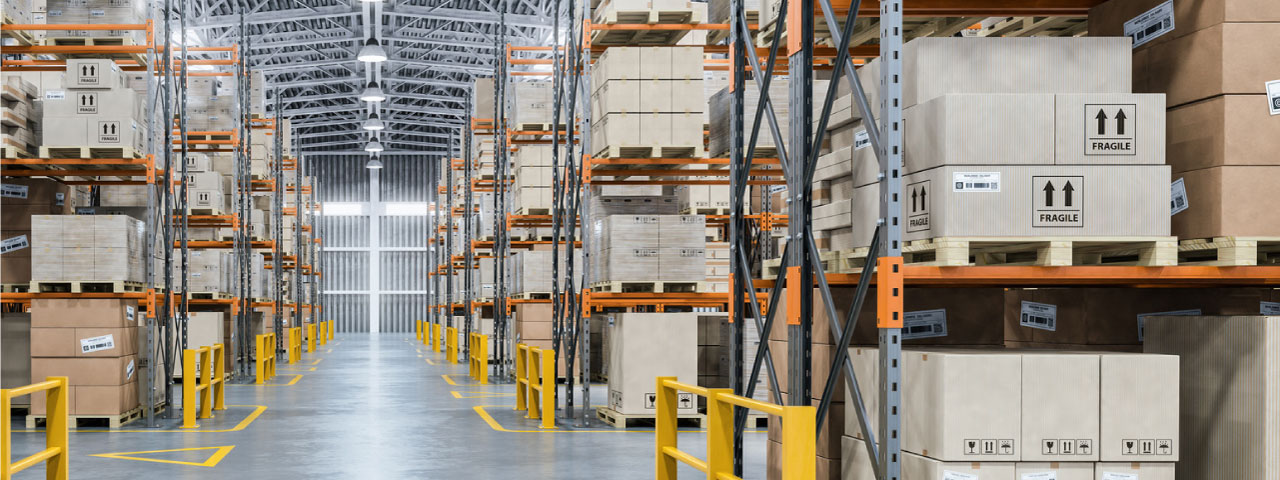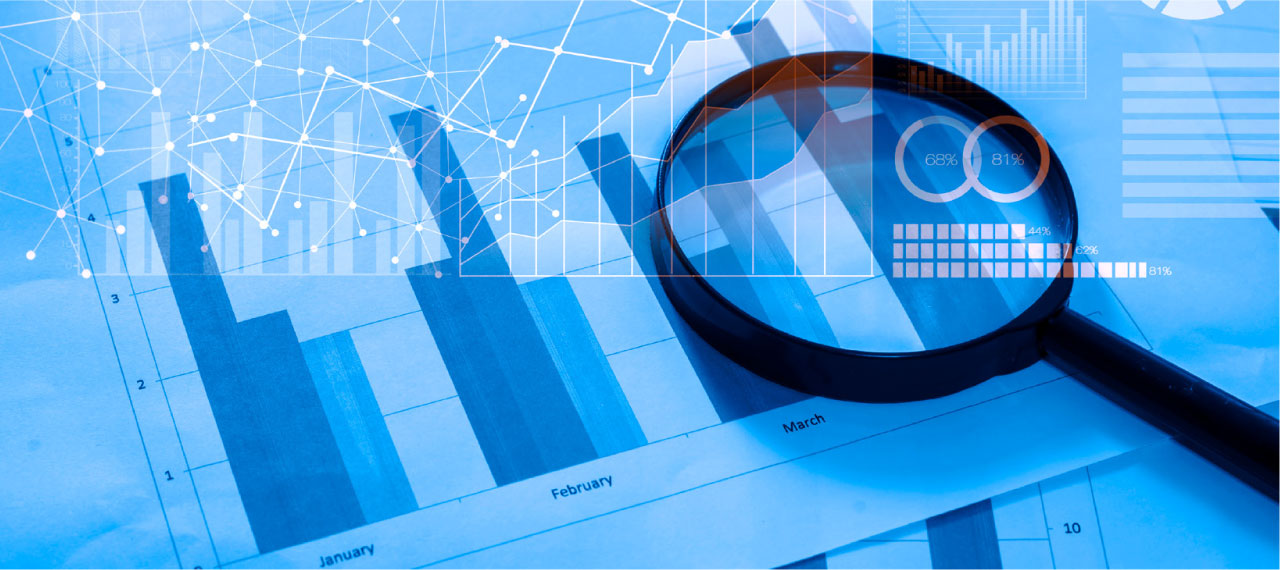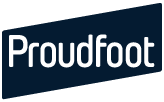Procurement steals the spotlight
Procurement is a critical business process that needs absolute attention, even more so in the post-COVID-19 world. This great business pause has caused us to rethink the procurement process, from considering ‘make or buy’ decisions to sourcing and managing supply partners. How are we going to ensure that we’re prepared to find the right suppliers in a world that looks completely different to how it did 6 months ago?
In this first discussion paper in our Procurement series, we take a deep dive into the changing role of procurement, its outlook, and what a Procurement Future-Safe blueprint looks like post-COVID-19.
Looking ahead, there are big questions for procurement teams to answer. Processes need to be optimized to furnish decision-makers with data, visibility, and governance. Planning needs to be forward- looking rather than relying on old benchmarks to match the challenges of a post-COVID-19 sourcing landscape.
Businesses need to be able to adapt at pace and respond to market risk equally fast – sourcing strategies have to give stakeholders that power, all of which pushes functions to re-evaluate sourcing strategies and the tools required to execute them.
But businesses must always have one foot in the present and one foot in the future – business continuity remains a huge part of risk management to build resilience against future crises. There must be serious attention paid to scenario planning and rapid response planning for future emergencies, disruptions, or second wave lockdowns.
Coming out of the great pause is a time to change the way we work, build organizations that can anticipate how to deal with a market crisis, become more productive, and create positive change in our workplace for and with our teams. Procurement has a huge role to play in that – to be the architects in ‘building back better’.
The changing role of procurement
Procurement is a core business process. It interfaces with so many other parts of the business and has top line impact. What and how you procure impacts everything, from operational and financial results to reputation and community.
Processes need to be optimized to furnish decision-makers with data, visibility, and governance. Planning needs to be forward- looking rather than relying on old benchmarks to match the challenges of a post-COVID-19 sourcing landscape.
Procurement impacts Cash, Cost and Growth – the Big 3. These are the most critical areas as we navigate through the pandemic. Any aspect of a business that impacts the Big 3 is not just a business process, but a crucial business process that needs to be managed that way.
The crisis highlighted that systems and processes are important; however, they are not agile enough to provide solutions to external market problems. This is where Procurement comes in and the reason why it should have a seat at the board room level. If it wasn’t already there, it is now.
People in supply chain and procurement are closer than ever to the CEO. Procurement leaders need to position themselves in that role – to deliver value-added impact beyond cost, while always remembering that cash, cost and growth are key.
The world has changed, and every aspect of the business model needs to be reimagined, including procurement. But within procurement, the right KPIs, the right tools, the right information, the right behaviours, the right people, and the right skills are required. It is key to your ecosystem.
The new owner of procurement – the C-Suite
The procurement leader of today is tantamount to a key C-Suite role. Procurement leaders can influence the outcome of the business in every way, especially if they design their function, the processes, the information, and technology in the right way, and if they develop the right capabilities and behaviours.
Rather than simply focusing on sourcing the best supply or supplier, top procurement leaders are instead asking:
- How can we solve this need in the marketplace?
- Can we innovate our current products to be more competitive?
- What are our sourcing options to do that?
- How would you build it?
Can you imagine the impact you can have on a business if you look through the lens of true value creation, get involved early in the make or buy decision, help look at the transformation agenda of the business and help do the business process improvement exercises, be part of the market needs discussion early, and use technology and data to inform your input into the discussion?
Forward-thinking teams are beginning to see procurement as a true leadership role in the business.
We’ve always believed in removing all the non-value-added manual tasks people do so they can concentrate on the things only humans can do – draw conclusions, make decisions, build trust, and bring values to the value conversation.
They are turning to procurement teams to answer questions about what the business should outsource, eliminate, improve, automate, digitize, or take home – issues not just confined to sourcing.
‘Future Proof Procurement’ is Procurement fueled by technology
Technology plays a key role in strategic procurement. Strategic procurement is about business resilience, product innovation, speed to market, and sustainability gains. Technology speeds that up for new products or processes to be released rapidly. If you involve procurement really early and strategically in the product and process life cycle, you can achieve drastically different outcomes.
Great things happen at the intersection of people and technology. That’s Proudfoot’s mantra, and this is where procurement really stands to make a huge impact. We’ve always believed in removing all the non-value-added manual tasks people do so they can concentrate on the things only humans can do – draw conclusions, make decisions, build trust, and bring values to the value conversation.
Digital sourcing, for example, has flipped the script and given procurement teams unprecedented ability to leverage AI and big data to pivot sourcing strategies without losing operational momentum. This allows even a small team to quickly vet, certify, and extend their global supplier base to establish contingent sources ready to step in on short notice.
With a more resilient supply chain, leadership can feel more confident in driving their growth agendas, presenting tremendous competitive advantage.
And speed to impact of technology is massive. From sourcing of new suppliers to getting contracts signed, what used to take 3-4 months can now be accomplished in days or weeks. This is not only Agile Procurement but it’s Smart Procurement.
Combining Proudfoot’s end-to-end Procurement and Supply Chain operational improvement capability with scoutbee’s AI-powered supplier sourcing discovery platform we are helping Procurement leaders establish their very own Future-Proof Procurement.
Speed to impact of technology is massive. From sourcing of new suppliers to getting contracts signed, what used to take 3-4 months can now be accomplished in days or weeks.
A ‘Future-Proof Procurement’ is one where you are maximizing all the resources in your Procurement institution to operate in the most adequate way for your long and short-term goals, embracing the right behaviors that will drive success continuity, provides you warning systems on potential external risks and gives you the right information for you to run a world-class procurement organization, all while being supported by an AI platform that helps procurement leaders scout new vendors and see deep supplier insights at rapid speed.
The ability to use technology for really clever, smart sourcing is a game changer. Companies like scoutbee are getting it right with innovative solutions to speed up procurement transformation. Speed to source can change a business’s speed to market, and scoutbee has managed to help companies see cost savings in the range of 15-25%. Their AI and big data solutions have also helped procurement leaders speed up screening time of new suppliers by 75%, automate manual tasks to reduce process costs, and drive innovation through deeper supplier insights.
But when it comes to procurement today, sourcing and tech is just a single piece of the puzzle. With the technology now available, procurement teams should be empowered to build real business value – but only if they have access to the right technology and data and understand how to connect all of the dots in the end-to-end procurement process.
How to reset your procurement to be future safe
How do you make post-COVID-19 supply chain changes sustainable for the longer term? Look at the function through the lens of an ecosystem and treat it like a value-creating business process. Look at your processes, technology, management tools and behaviors to build a truly agile, best- in-class class practice, one that is cost-effective, meets its targets, and delivers the right suppliers with well- managed supplies.
Procurement leaders need to humanize, optimize and then digitize their processes. They must take on the challenge of building back better
rather than simply being consumed by the short-term issue of cash alone. They need to really assess their end-to-end supply chains and switch gears toward addressing more medium-term issues of supply chain security, building resilience through technology, and process optimization. Only then can the business move beyond treading water and start thriving in the new reality.
Another issue procurement leaders need to focus on is risk planning. While many companies are speaking about repatriation, nationalization and localization to reduce their vulnerability, they risk losing their diversity of suppliers, creating the same problem in reverse.
Rather, procurement should be agile enough to pivot and find solutions that allow for the best possible outcomes, regardless of geographical location. For that to happen, sourcing has to be moved to the forefront within the procurement process as a first among equals.
Risk management should be embedded into all procurement decisions from sourcing to payment, “what if” scenarios should be analyzed and addressed, and procurement leaders need to feel comfortable discussing risk and risk mitigation options.
Done right, procurement has the ability to manage risk while rapidly identifying the right suppliers to prevent operational disruption. And when disruption eventually hits, procurement teams would have the ability to rapidly pivot due to a well- developed business continuity plan.
Finally, procurement leaders need to build cash, cost and growth into their world. Businesses want to run at a minimum viable cost base, which releases cash, but must also enable growth, which requires effective cost management.
That’s the eternal challenge of procurement. To address this issue, progressive leaders understand the importance of having transparency across the supply chain to provide data-rich insights necessary to make smarter business decisions.
The true business value creation in the end is better multi-stakeholder engagement that builds both cost- effectiveness and trust.
Procurement leaders need to humanize, optimize and then digitize their processes. They must take on the challenge of building back better rather than simply being consumed by the short-term issue of cash alone.
What’s next
As a strategic business partner to internal stakeholders, vendors, suppliers and alliance partners, procurement teams can play an essential role in driving operational and digital transformation across the organization – but only if they reposition themselves as a key function that supports risk management, and not just cuts costs.
This means shifting procurement’s focus from the current “transaction” oriented independent buying of goods and services to a more “product” oriented strategic approach that encompasses growth, risk, and value generation.
To this end, data will be the transformational factor in post- pandemic procurement. Without access to quality data, digitalization will be ineffective in addressing supply chain risks and business continuity. The most successful companies will work on using strategic analytics to improve visibility, agility, and responsiveness.
Organizations need to expand the scope of their procurement analytics beyond cost savings to include both internal and external data to uncover spend patterns and discern how market trends should affect or guide procurement activity.
On the issues of value generation and value chain optimization, the future will also see stronger supplier relationships. Procurement teams should focus on developing a more collaborative arrangement with their critical suppliers.
Organizations can engage existing suppliers in discussions to better understand their challenges and priorities, and provide resources (including expertise, machinery, networks, and early payments) to support their business continuity and cash flow, while at the same time build new relationships with alternative suppliers to diversify their portfolio. Implementing a supplier social network may also serve to strengthen supplier collaboration in challenging circumstances.
A shifting focus towards resilience over cost-saving will also be a key factor in future supply chain design. Positive growth and success will be measured in more than money, and will include broader metrics such as improved diversity, inclusivity, and sustainability as a part of a more agile, collaborative, and future-proof supply chain.
Six key steps to building a smart procurement organization
There are multiple strategies that leaders can take to take their procurement function into the future. We explore this in more detail in our second paper in this series, but at a glance, here are six steps to consider as your take forward your procurement function into the new normal:
-
Determine the maturity of your procurement function.
This will help you to ascertain goals to reach cash, cost and growth. At Proudfoot, we help to analyze the procurement function and ensure that the strategy must fits into the overall business strategy.
-
Review end-to-end procurement processes regularly.
To drive excellence, a thorough review of your processes, including assessing supplier performance in terms of fulfilling your sourcing requirements, is key to identify the strengths and weaknesses of the suppliers onboard. This helps leaders to build long-term relationships with their suppliers.
-
Utilize Artificial Intelligence.
Use AI to free up your procurement people and allow much more time to do the heavy lifting of thinking, drawing conclusions and making decisions. By doing so, you are keeping your team motivated and your business moving forward to achieve the results it needs – a cost effective supply with minimized risk and disruption that is ready to pivot for anything that the world throws at them in these unprecedented times.
-
Introduce real-time data analytics.
This will help you achieve transparency and visibility of supplier performance, customer demands and employee collaboration in the long run for better agility and risk management.
-
Develop a clear roadmap.
A roadmap will help ensure that the right digital technology is implemented to accelerate digital sourcing and to drive innovation. When implementing technology adjust existing procurement processes, operations, capabilities, and skillsets.
-
Transform the organization.
As part of building a procurement function of the future, it is important for organizations to transform people, to release cash at speed, reduce cost, accelerate growth, track benefits, and achieve sustained financial and operating improvement.
To determine the maturity of your supply chain and begin building a smart and future-proof procurement, please email us: info@proudfoot.com
About Proudfoot: Proudfoot is the world’s leading operational management consulting firm and is obsessed with delivering value to clients. We specialize in operational and digital transformation programs. Uniquely, we do this by building capability in your people and engaging them to deliver measurable results. We see consulting as an investment not a cost.
With 30,000+ implementation and improvement projects under our belt, we are fanatical with delivering tangible results. Our scorecard shows a minimum return on investment of 400% (avg.) in the first year of a client engagement. We work with clients to implement strategy, achieve improvement objectives and change behaviors. Founded by Alexander Proudfoot in 1946, we work with mid and large cap organizations across industry sectors at the frontline.
More details at https://proudfoot.com
About Scoutbee: Scoutbee’s mission is to help the right purchasers and the right suppliers connect, anywhere in the world. scoutbee delivers procurement teams a smarter supplier discovery suite. Powered by AI and continuously curated data, scoutbee tracks millions of data points to bring together supplier information with deep insights and a simple, digital process for strategic sourcing.
Founded in 2015 by procurement, operations and engineering experts, scoutbee offers its strategic sourcing solution in Europe and in the US. The company was named one of Gartner’s 2020 “Cool Vendors” in Sourcing and Procurement for Supply Chain, and was “Highly Commended” for technology at the World Procurement Awards 2019. scoutbee has to date raised $76M in funding from investors including Atomico, Lakestar, Next47, Toba Capital, HV Holtzbrinck Ventures and 42CAP.
More details at https://scoutbee.com




